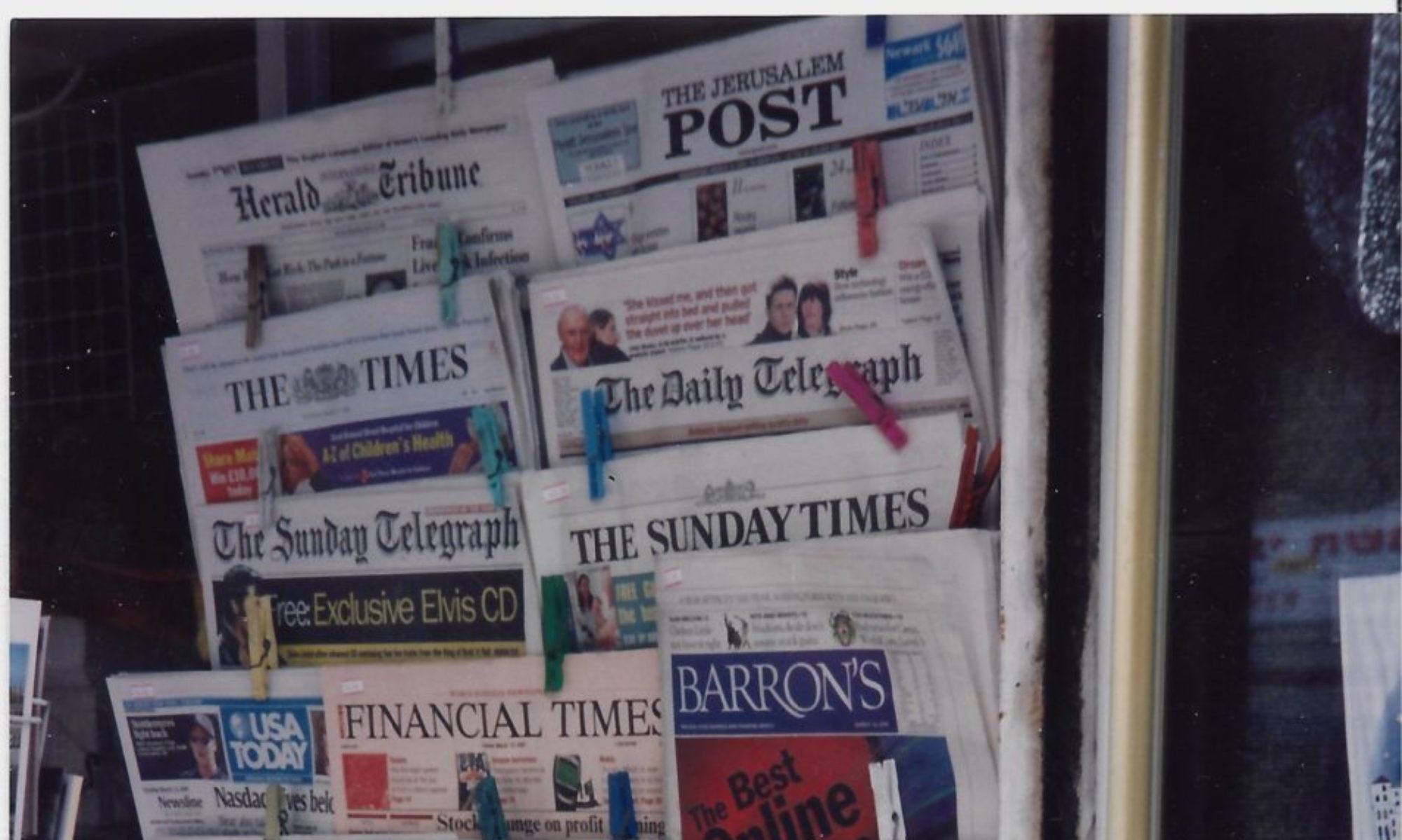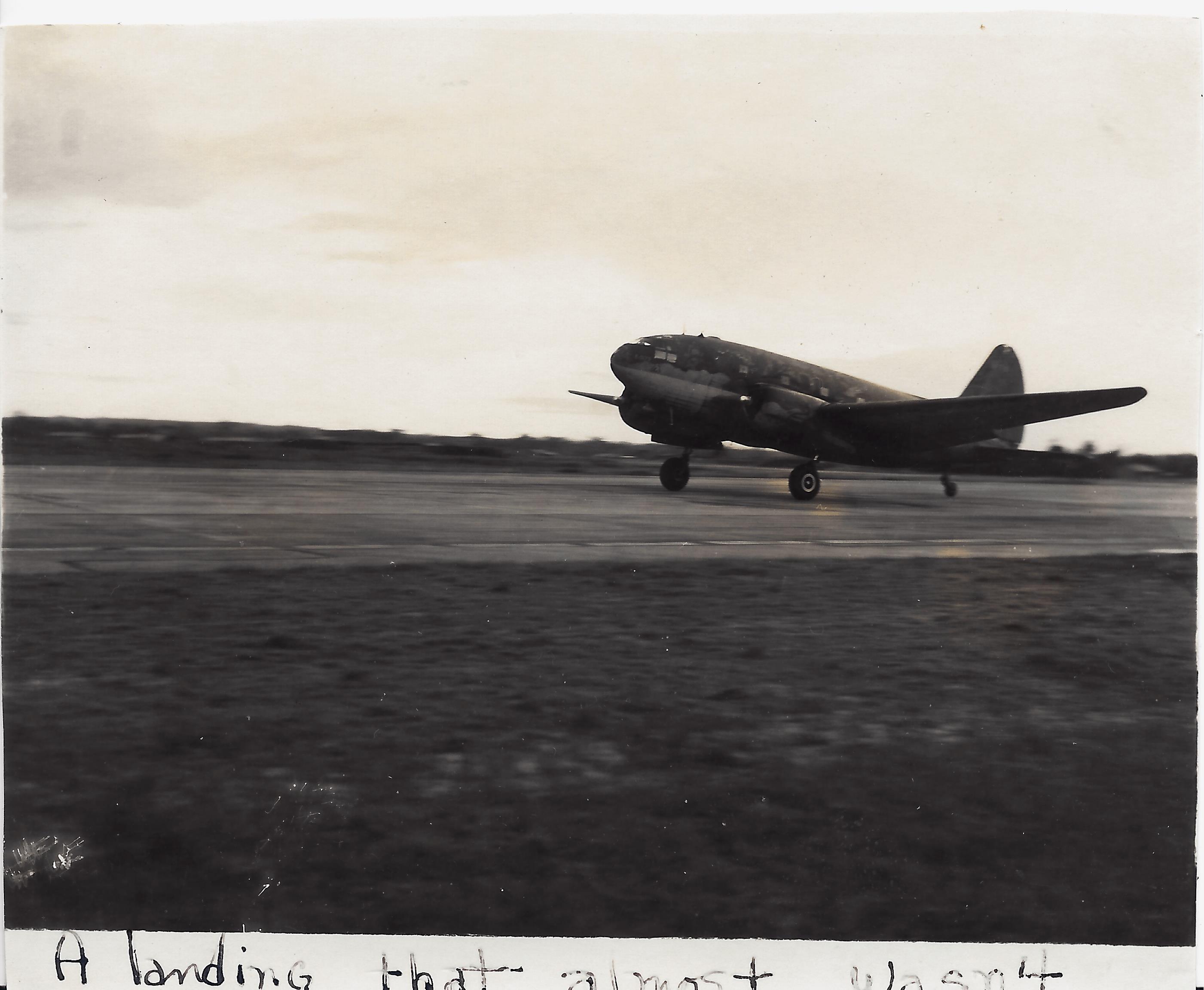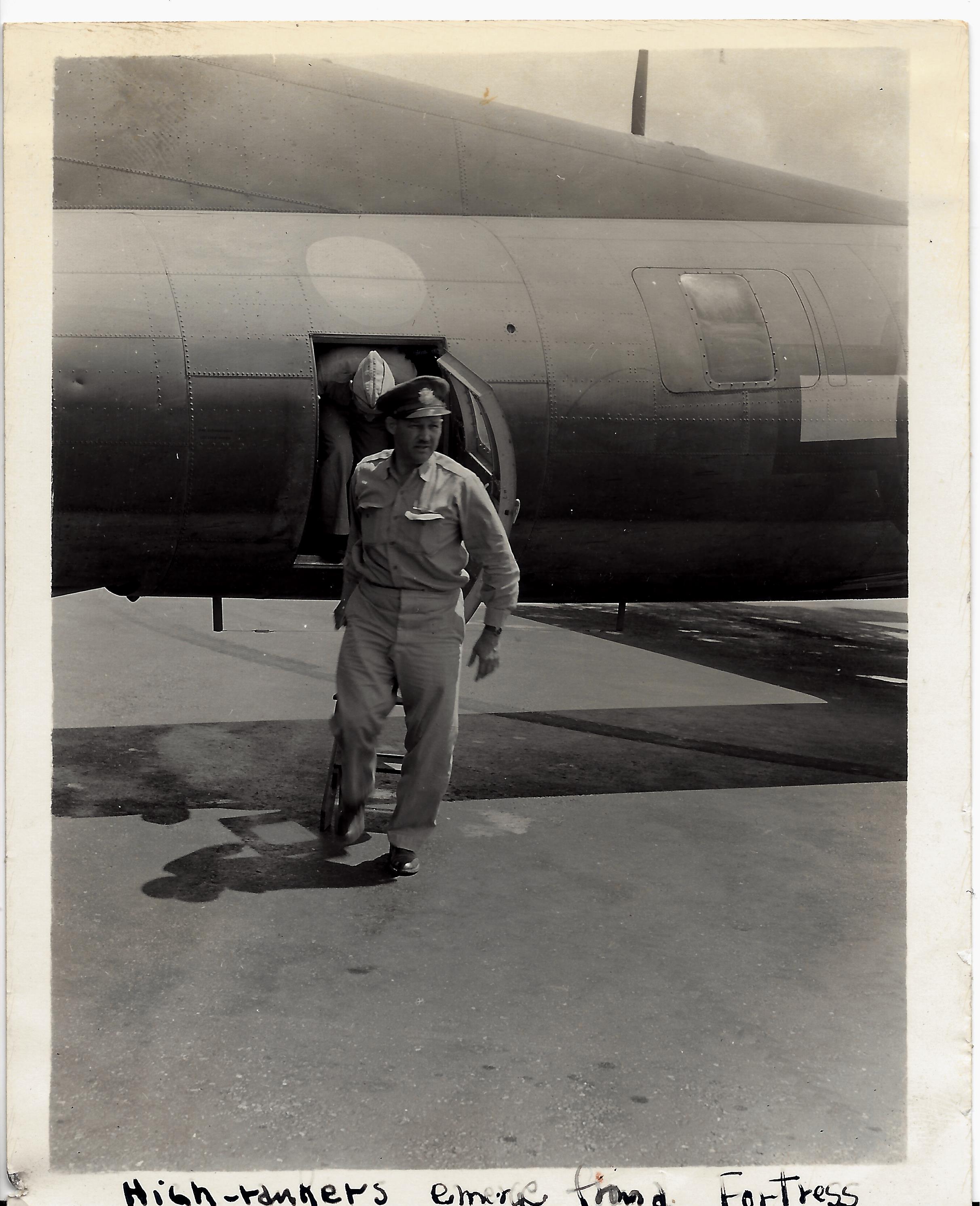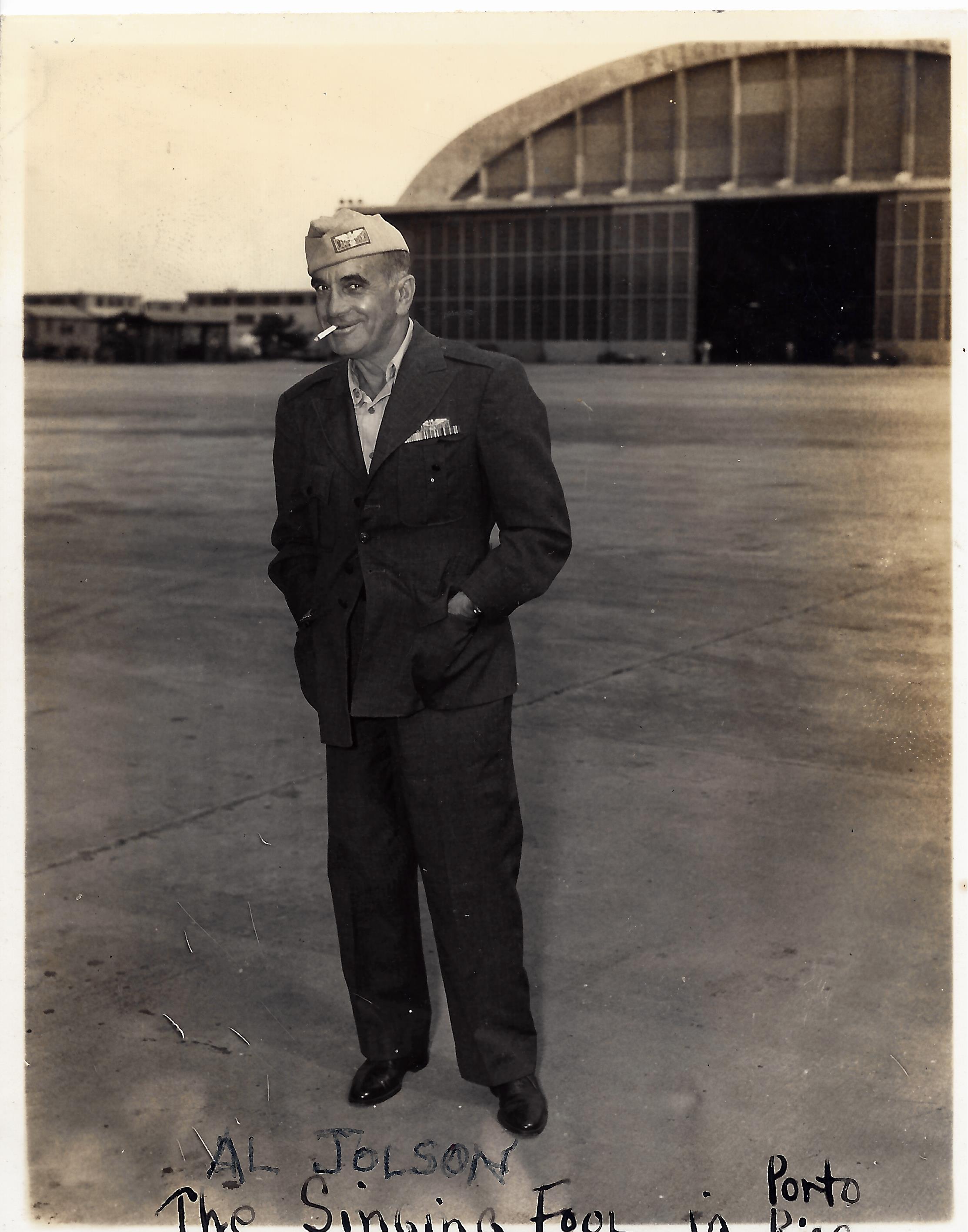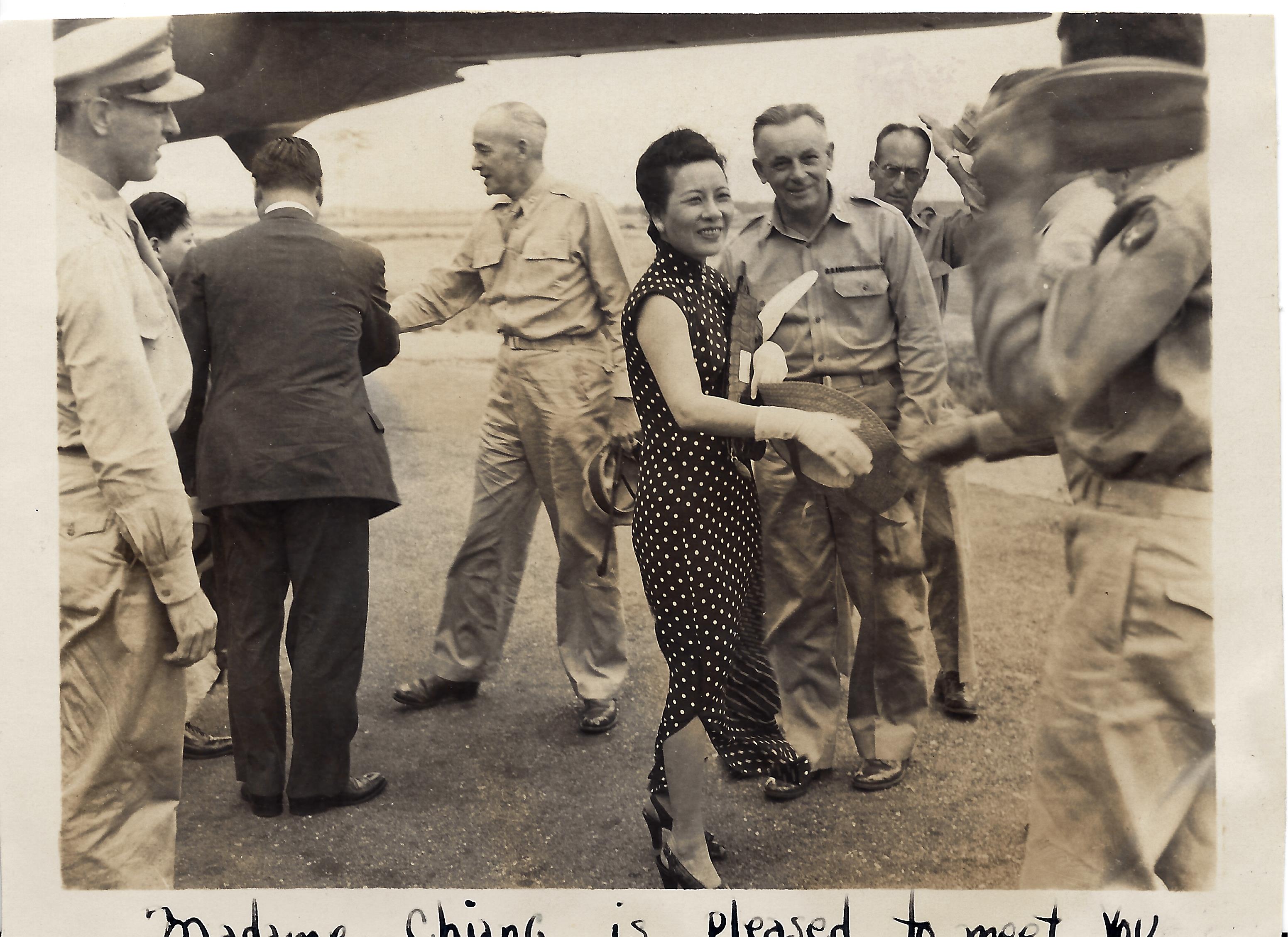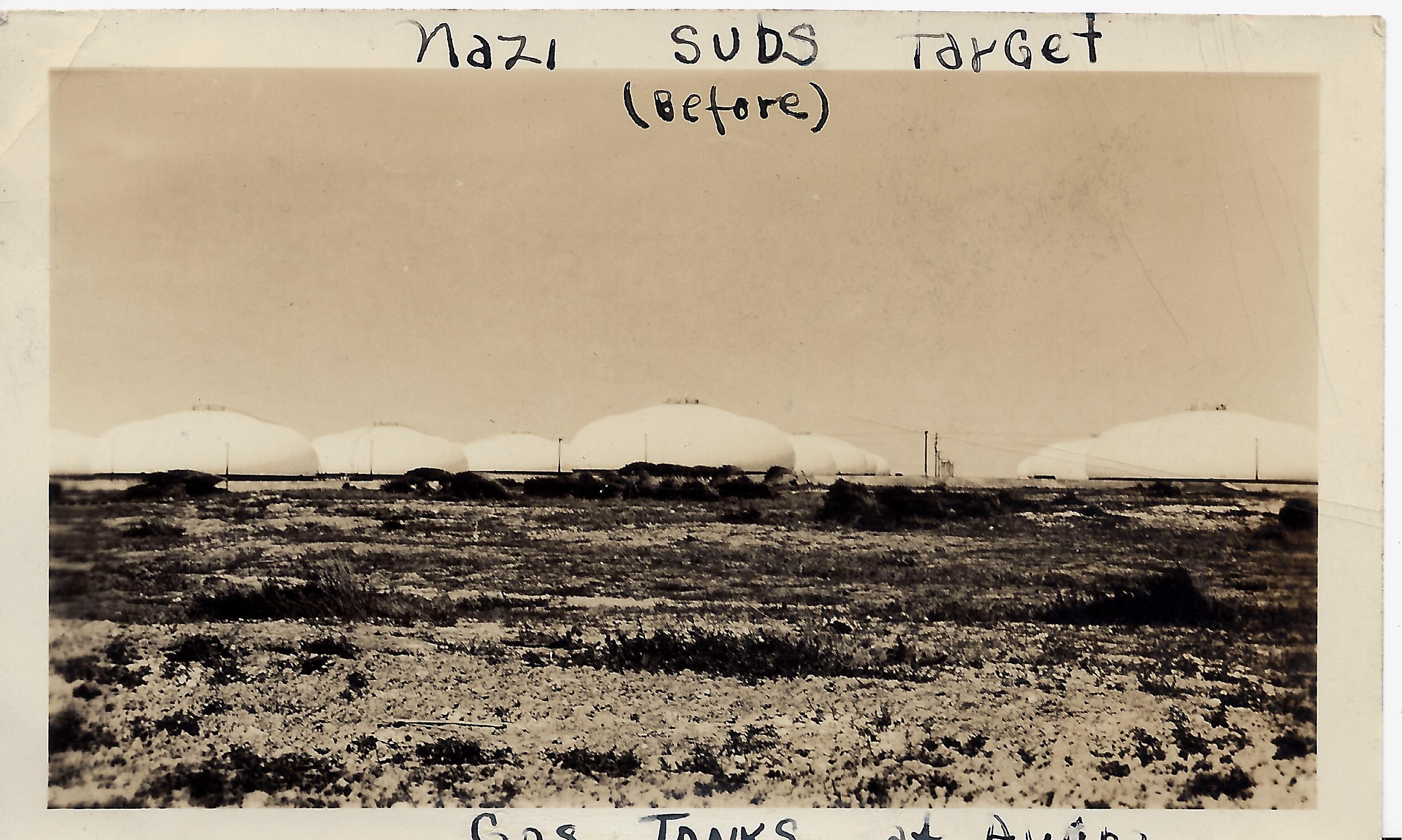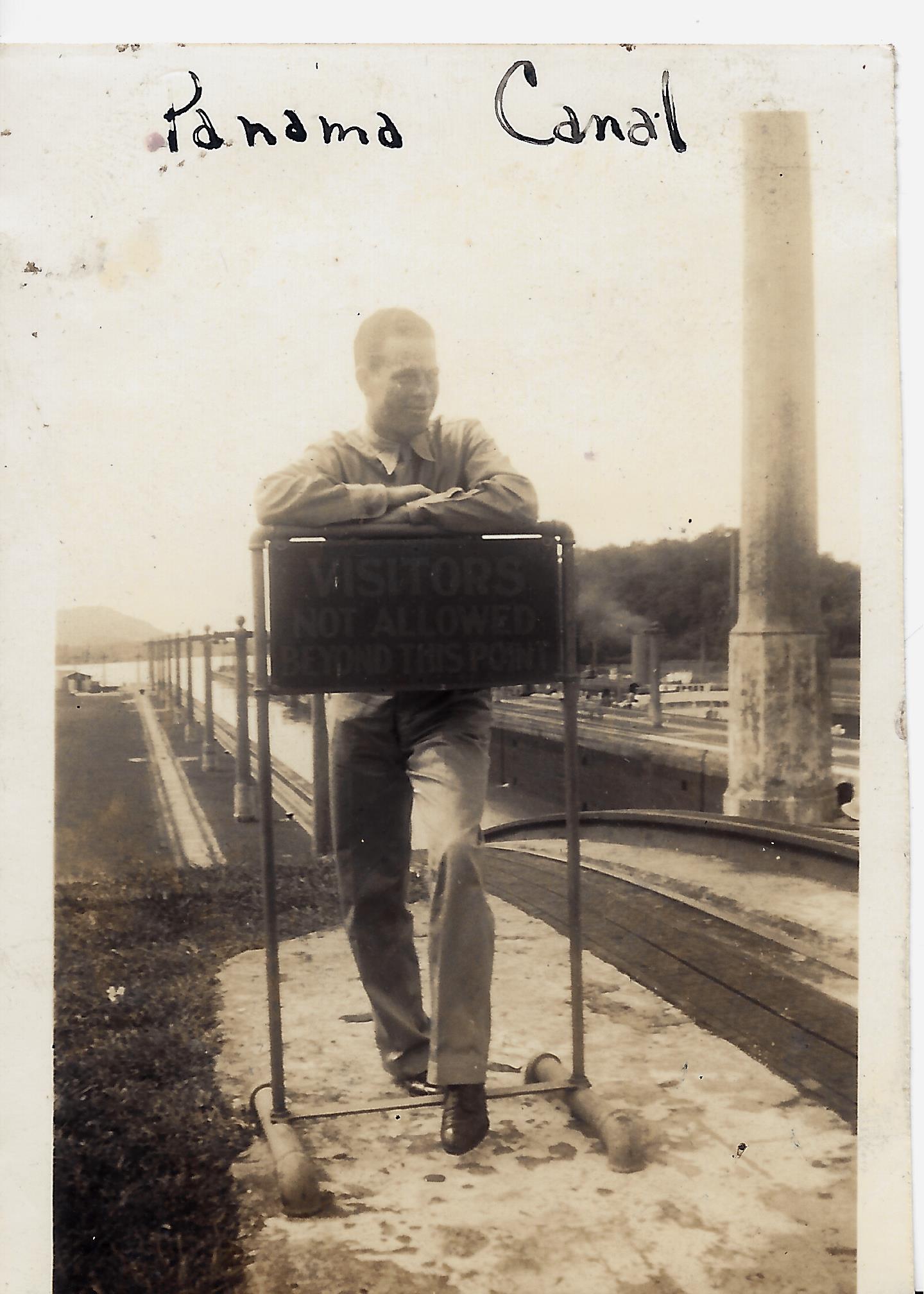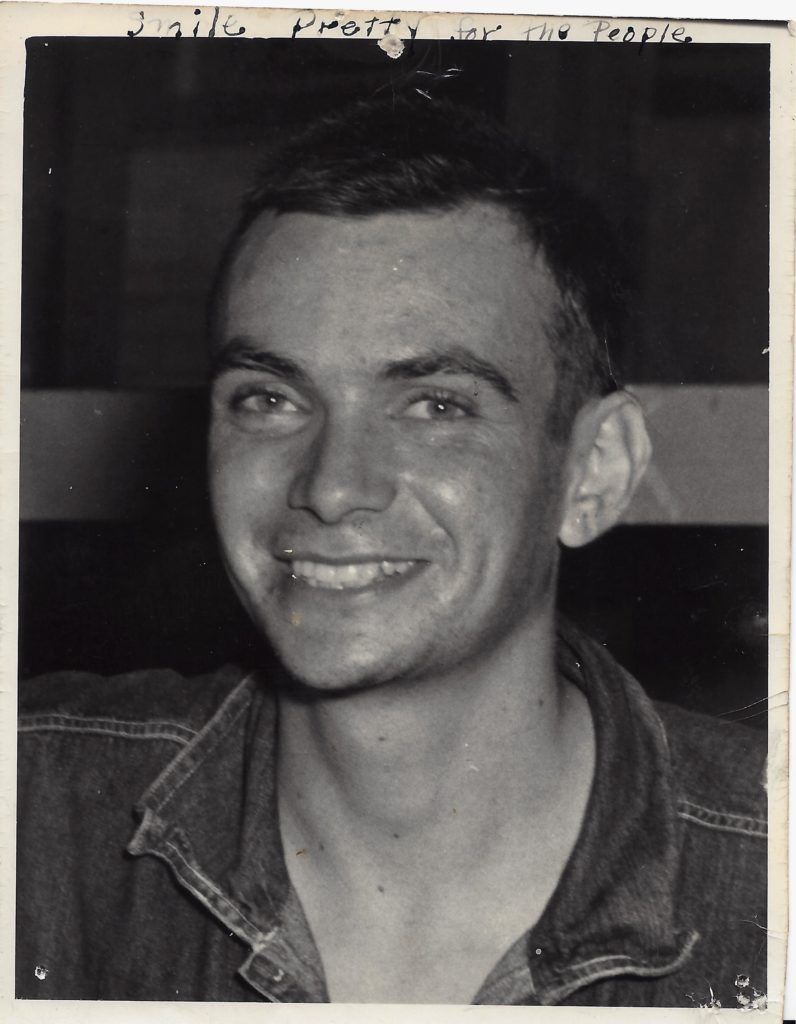
In World War Two, I served in the United States Air Transport Command. From our base in Trinidad, our mission was to safeguard the Northern coast of South America and the Caribbean where German submarines prowled to disrupt vital oil supplies from Aruba and Curacao and endanger the prime target of the Panama Canal.
Our Waller Field airbase also refueled the aircraft ferrying Allied military personnel and materiel to the battlefronts in Europe, North Africa, Burma and all the way to Chiang Kai-Shek’s forces in China.
This vital southern route was an alternate to the North Atlantic, a prime target for the powerful German submarine fleet.
On our days off duty from the airbase we explored this tropical island,
its friendly people and its long stretches of white sandy beaches.
Tobago: Trinidad’s “Little Brother”
During World War II I was stationed at Waller Field, a U.S. Army Air Corps
base on the island of Trinidad. Southernmost of the Caribbean island chain,
Trinidad was strategic in protecting the Panama Canal and the
Dutch oil refineries in Aruba and Curacao against prowling Nazi submarines
that threatened these key targets.
After almost a year of tedious routine and isolation at the restricted base,
I was invited one fortunate day to join a group of five other GI’s
to fly from Trinidad to the tiny neighboring island of Tobago,**
the “little brother” of Trinidad, for a day’s “outing.”
(** Historical note: Years later I learned that ownership of this tiny island, —
first sighted by Christopher Columbus in 1498,– changed hands 33 times
before the British firmly established rule there in 1814, and linked it into one
country called, “Trinidad and Tobago.”)
Our aircraft was a two-engine B-25 Mitchell bomber, daubed in olive-drab camouflage, of course. “Bucket seats” had been installed to accommodate half a dozen cramped passengers. The flight would take about forty minutes and we
were all gung ho with excitement. The plan was for us to go swimming for a few hours, while the plane would return to Trinidad, then shuttle over a second lucky group to Tobago.
As we circled over the “airport” in Tobago, it became obvious there was
no “airport.” We descended very close to the sea, onto a long grassy field
that had no visible runways. We touched down, bumped along a rough green
stretch, until the plane eventually roared to its full-throated halt.
Soon enough, we were into our swimming trunks, splashing into the warm
Caribbean waves off the adjacent coral beach.
We all paused to watch, however, as our plane, now reversing the field,
rumbled back along the “runway” and lifted off on its way back to Trinidad,
to fly in a second group of day trippers.
Several hours later we dressed and reluctantly straggled back to the grassy
“strip” to await the arrival of the “shuttle,” There was little else to do or
see in this remote corner of the island. The only signs of life were half a
dozen primitive huts on the far horizon.
Soon a tiny brown speck in the distant sky was purring toward us.
Our brief Tobago excursion was about to be over. Much too soon. The
“shuttle” plane was ferrying in the second group of GI’s. We knew that
when they debarked we had to quickly board, while the pilot kept his engines
running for the return flight.
The plane swooped in, extended its wheels, raced along the grassy field,
and suddenly veered sharply to the right. For a few seconds the fate of the
B-25 hung in doubt. It wobbled out of control and finally came to a abrupt halt.
The shook-up passengers piled out. Word spread quickly that the wild landing
was caused by a blown-out tire.
The pilot lost no time in radioing back to Flight Operations in Trinidad,
asking for a new tire and mechanics to do the change job.
Some of us (including me) began to see the blown tire as an “adventure” that
might allow us to spend the night on this tiny island. Would the “rescuers” get here before nightfall to this remote corner of tiny Tobago ?
We could spend the night away from the base ! Doing what and where we
didn’t bother to figure out… It actually would be an exciting challenge !
While the two groups of stranded GI’s milled about, discussing how long the “rescue” might take, five of us, including myself, decided to set out for the distant huts in search of food.
As we clambered up the hillside on which the huts were perched, half a dozen
smiling Tobagoans came out to meet us. The hut dwellers turned out to be very friendly. They offered us coconut milk, oranges, grapefruits. One elderly man
and his wife were soon regaling us with stories about the history of the island.
He told us that John Paul Jones, the American Naval hero, had once made his home on Tobago for a few years. (Some Tobagoans also believe that this was the
island where Robinson Crusoe was shipwrecked.)
With dusk beginning to close in to close in, we had second thoughts about sleeping over somewhere in Tobago. Reluctantly we decided to get back to our grounded plane.
Trudging down the darkening hillside, the hum of the “rescue plane”
became an ever reassuring sound. We neared the grassy strip just as
the C-47 lowered its landing gear, turned its lights on, and roared in.
We knew that this aircraft would have bucket seats enough to take both
our groups aboard.
The mechanics in their “fatigues” (green overalls) were already preparing
to offload the bulky replacement tire.
When we landed back in Trinidad, we were met by a noisy gathering of our
GI “buddies” waiting to greet us at the airfield, eager to hear all about our escapade.
We were some kind of “heros.” After all, we had been to Tobago! even if only
for a day.
precarious, Captain K., our base Mess Officer, traveling with us, had
asked the pilot if he could assist in the landing. What’s more, the pilot
agreed. Captain K. took over the co-pilot’s seat.
The plane touched down, rolling through the deserted grassy field
until we felt a jarring jolt. One of the wheels had snapped and all
six of us on board groaned.
Though no one was really injured, it soon dawned on us
that this was hardly the place where we could maintenance a
crippled airplane.
While the pilot was anxiously radioing back to Trinidad for
help, I, kept secretly hoping the circumstances would let us spend
an adventurous stay away from our home base.
Many hours later, as some of us were still deciding to go in search
of an inhabited village, a brown speck appeared in the distant sky.
It was a race between approaching darkness and the rescue plane’s
arrival. The plane landed (uneventfully) on the grassy runway, and
taxied to a halt. Having ferried in the maintenance team, the rescue plane
kept its engines running until all of our stranded group climbed aboard
and our Tobago “escapade” was over.
